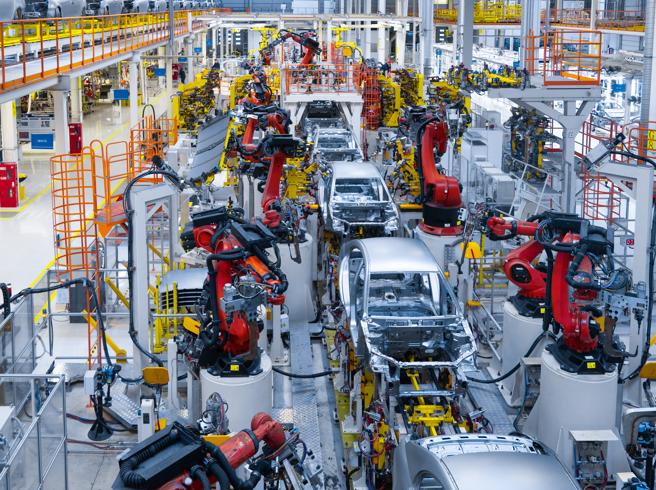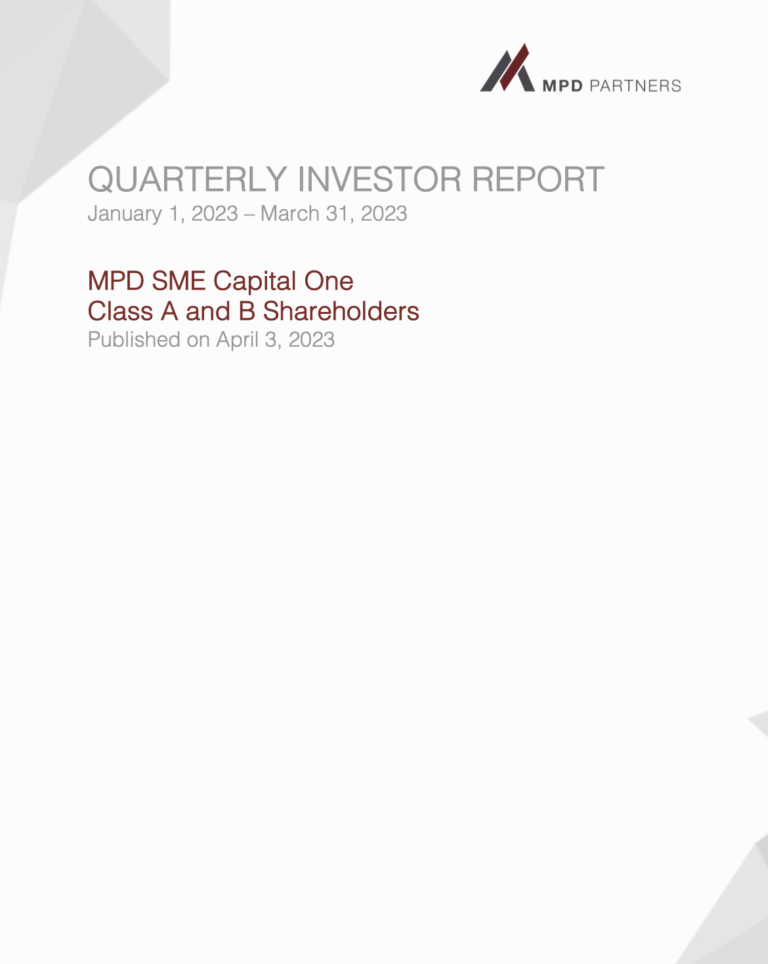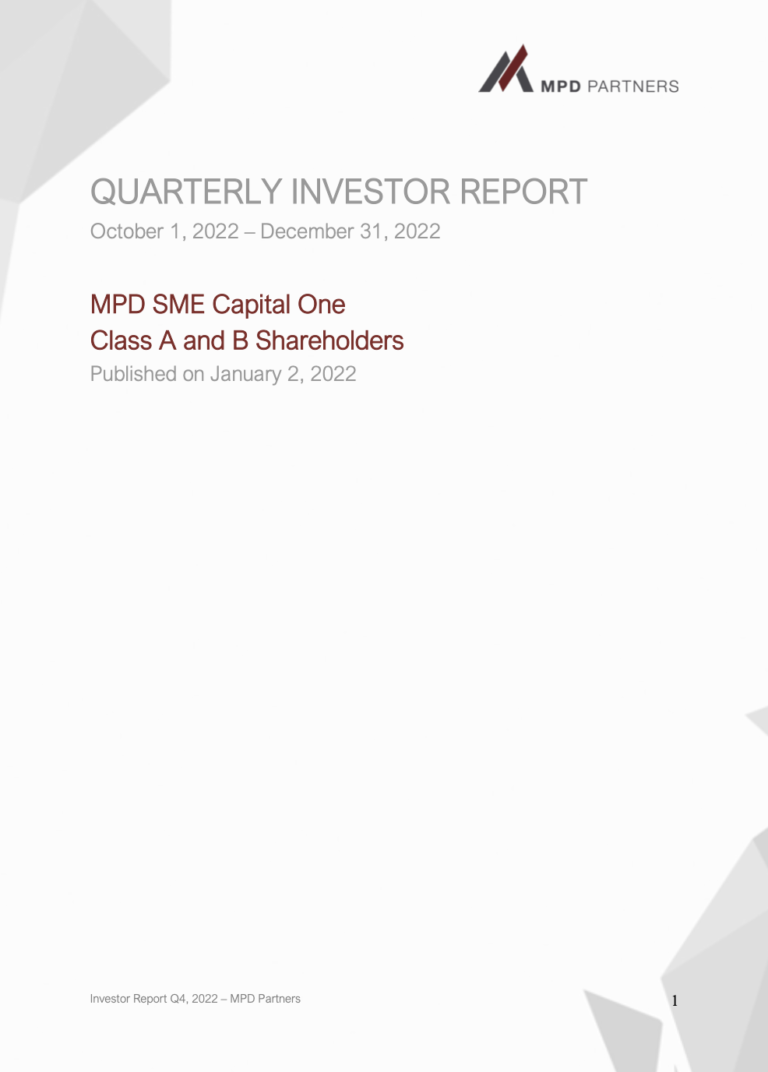From the pandemic to the global supply chain crisis, the events we have all experienced in the past two years have severely affected Italian companies, which, being traditional exporters, have suffered a major shortfall.
For a start, with the pandemics during 2020 alone the real turnover of Italian companies is estimated to have dropped by more than 8 percent[1].
To date, the main nodes limiting growth can be traced to the following points:
- Russia-Ukraine conflict
- Raw materials supply
- Conditions for obtaining EU funds
- Health emergency
- Central bank policies
Among these issues, the most impactful – and frightening – for European businesses is certainly the soaring energy prices. It is estimated that imposing a cap on gas prices could save Italian GDP from zero growth in 2023, if not negative in the drastic case of a total embargo to Russian imports.[2]
Energy bills in 2022 could increase by 110 billion, from the 87 billion paid on average in 2018 and 2019, highlighting that the manufacturing sector, being energy intensive, is bearing the biggest price increases.[3]As Italy is the eurozone’ second largest manufacturing producer, the impact appears to be massive.[4] The end of fiscal year is around the corner and statistics are due to be confirming such expectations.
Moreover, inflationary pressures together with turbulence in the international scenario, coupled with the ECB’s restrictive policy are further increasing the recessionary risk[5].
Cerved, and Confindustria estimate the growth rates of key Italian macroeconomic variables as follows.[6]The delta assumes different evolutions of the six critical points mentioned above
| 2020 | 2021 | 2022E | 2023E | |
| GDP | -9,10% | 6,30% | 1,20% – 2,70% | -0,50% – 1,60% |
| Actual consumptions | -10,60% | 5,10% | 1,20% – 2,60% | -0,80% – 1,20% |
| Actual investments | -9,20% | 15,70% | 1,50% – 3,70% | 0,30% – 2,50% |
| Actual exports | -14,20% | 12,40% | 2,60% – 3,80% | 1,40% – 3,40% |
| Actual imports | -12,70% | 12,70% | 4,40% – 5,70% | 2,20% – 3,60% |
| Inflation rate | -0,10% | 1,90% | 8,10% – 6,40% | 4,60% – 2,70% |
| Industrial production | -10,80% | 9,40% | 1,50% – 2,10% | -0,20% – 1,50% |
The automotive industry, after two years of extreme hardship that mainly manifested itself in assembly line shutdowns may soon suffer a new, resounding setback. This time because of the energy crisis. Fearing this is S&P Global Mobility according to which, in the worst-case scenario, there could be a contraction in car production of roughly 40 percent, or more than 4 million cars per year, until the end of 2023[7].
Through our experience in Sell-Plast, we have witnessed the automotive vertical firsthand, the industry in Italy is undergoing a great deal of change, and the infamous events that have unfolded since 2020 are rushing the transformation – which is not necessarily healthy, especially in the short period. In addition, rising interest rates are making investments increasingly difficult, so we are convinced that hard times lie ahead. Unfortunately, many businesses are alone in the face of these difficulties, and while we wait for the storm to pass, we will need to bite the bullet, but as de Gaulle once said, “Character is the virtue of hard times.”
[1] https://www.cerved.com
[2], 3 https://www.confindustria.it/home/centro-studi/prodotti/previsioni/rapporto/rapporto-previsione-economia-italiana-autunno-2022
[4] https://reports.withersworldwide.com/buying-into-italy/manufacturing
[5] https://www.un-industria.it
[6] https://www.cerved.com
[7] https://www.spglobal.com/mobility/en/index.html





